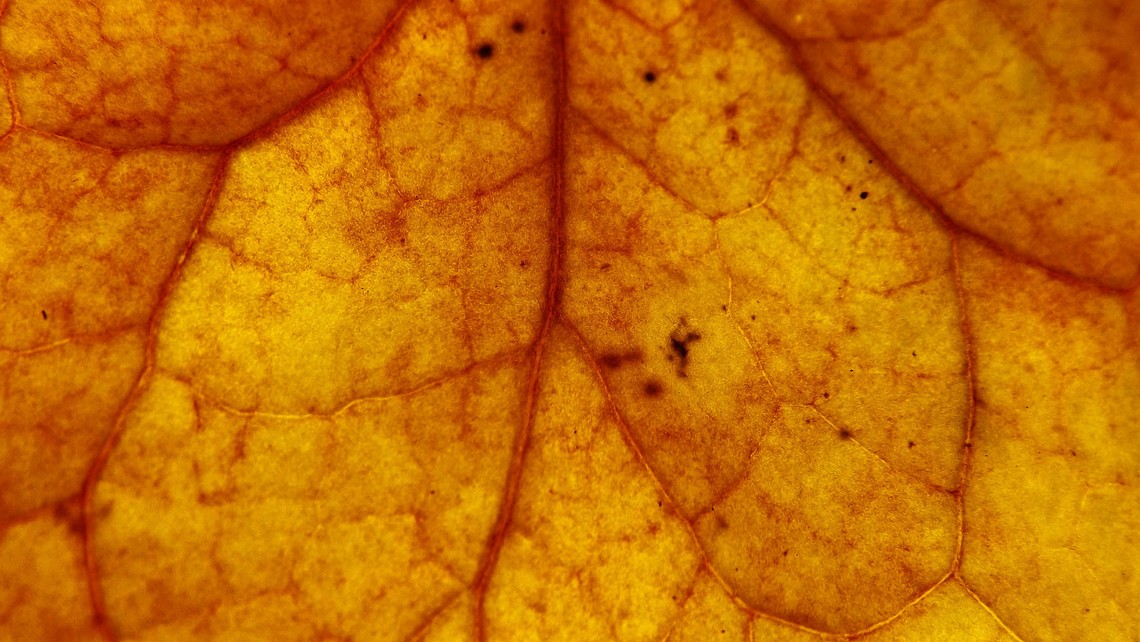
In last year’s November article, I explained the physiological and conditional factors that cause autumnal color change. In that article, I briefly listed both native and naturalized tree species that produce noteworthy color. The lists from that article are reproduced below and the focus of this month’s article will be a brief exposition on the various native and naturalized maple varieties.
Natives
Spanish Red Oak (multi), Cedar Elm (yellow), Blackjack Oak (red/purple), Bigtooth Maple (multi), Chalk Maple (scarlet), Trident Maple (yellow), Escarpment Black Cherry, (yellow), Bigleaf & Littleleaf Walnut (yellow), Texas Ash (yellow then scarlet then purple!), Flameleaf Sumac (multi)
Naturalized
Ginko (yellow), Shantung Maple (multi), Caddo Maple (multi), Mexican Sugar Maple (multi), Silver Maple (multi), Drummond Red Maple (scarlet), Amur Maple (multi), Trident Maple (multi), Chinese Pistache (multi), Shumard Red Oak (scarlet)
The most well-known of all maples in the hill country is the BigTooth Maple, erroneously thought to be located only in the Lost Maples State Park.
They are interspersed in many hill country counties with large populations in Kendall County. They have a moderate growth rate and boast multiple colors in the fall once they grow out of the juvenile state (i.e., 10-15 years). There are very closely related species to the Bigtooth, namely the Caddo and the Mexican Sugar Maple which both have almost double the growth rate, reach color age quicker, and manage both caliche and drought situations better than their cousin the Bigtooth.
The Chalk Maple is a much smaller multi-trunk maple that is actually found in the northern Austin area but is generally associated with the East Texas region. It is quite possibly the best fall color producer. This tree is number one on my list of maples to push for heavy planting throughout the hill country.
The Trident Maple is also native to the East Texas area, but I’ve come across numerous specimens growing well in other areas.
The Amur and Silver Maples are the least adapted of the maple species, but with moderate amounts of routine micronutrient supplements, chlorosis can be avoided and they can both do well and add diversity and uniqueness to hill country landscapes.
With all these native and/or naturalized trees, consumer pressure for nurseries to propagate these species from highly successful specimens in the local area can increase the vitality, vigor, and longevity of these species. I find it very unfortunate that many of these species are hard to find or labeled as incompatible because so many large nurseries do not make quality and attrition rate a priority. The smaller growers such as Madrone Nursery, Medina Nursery, Natives of Texas, Green Cloud Nursery, and others know this and are committed to the plant quality and diversity that our green industry desperately needs.



